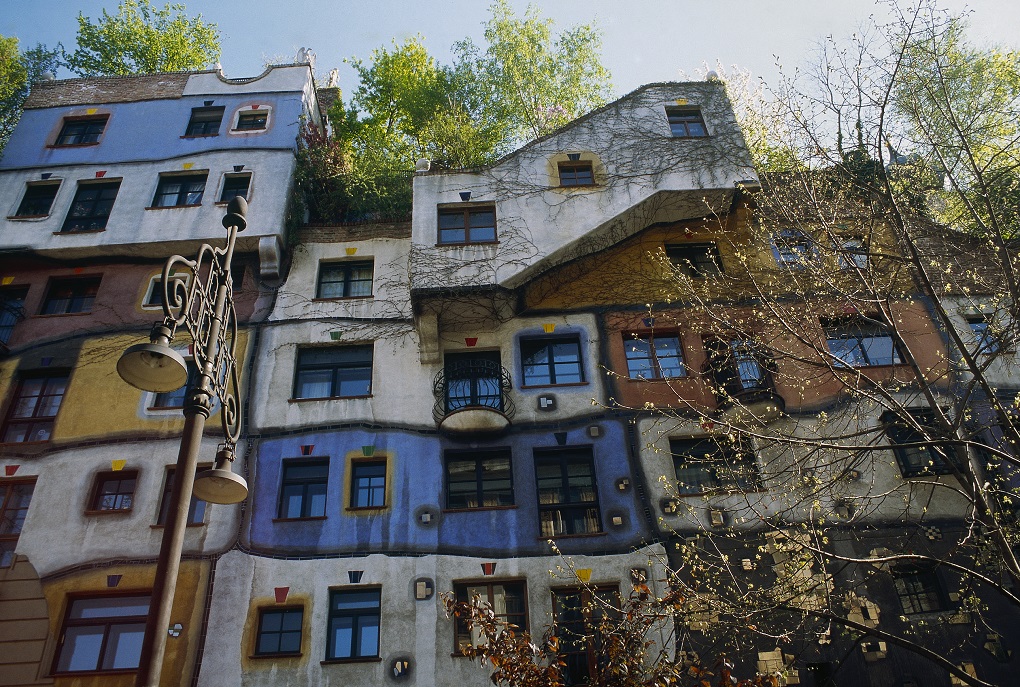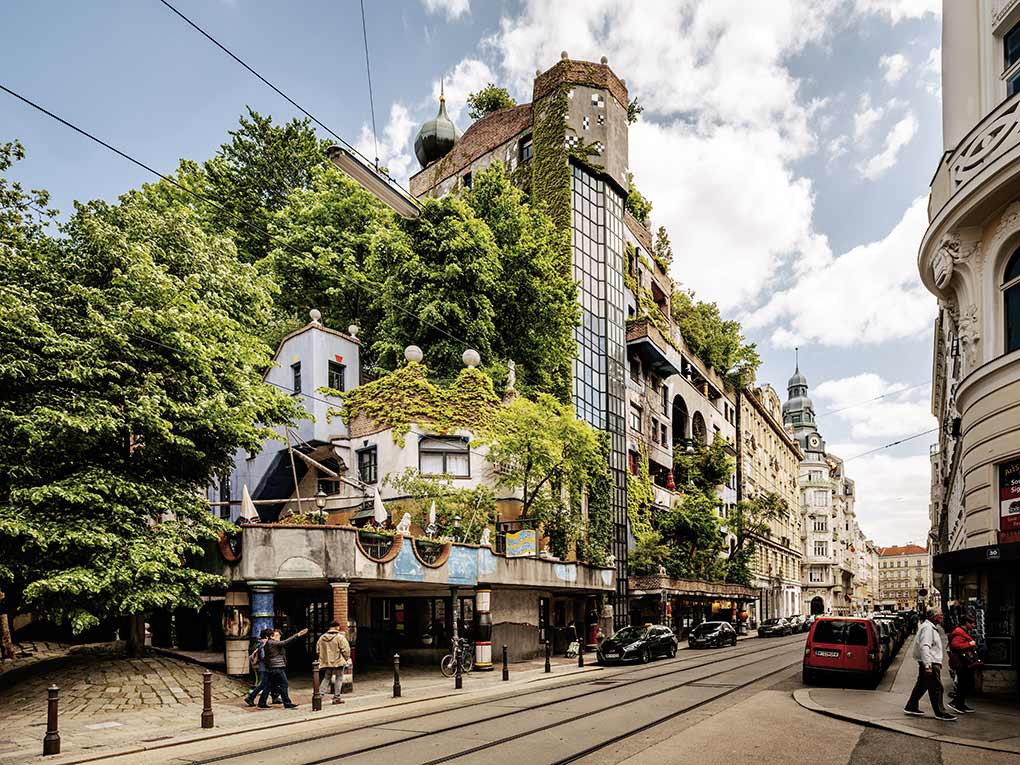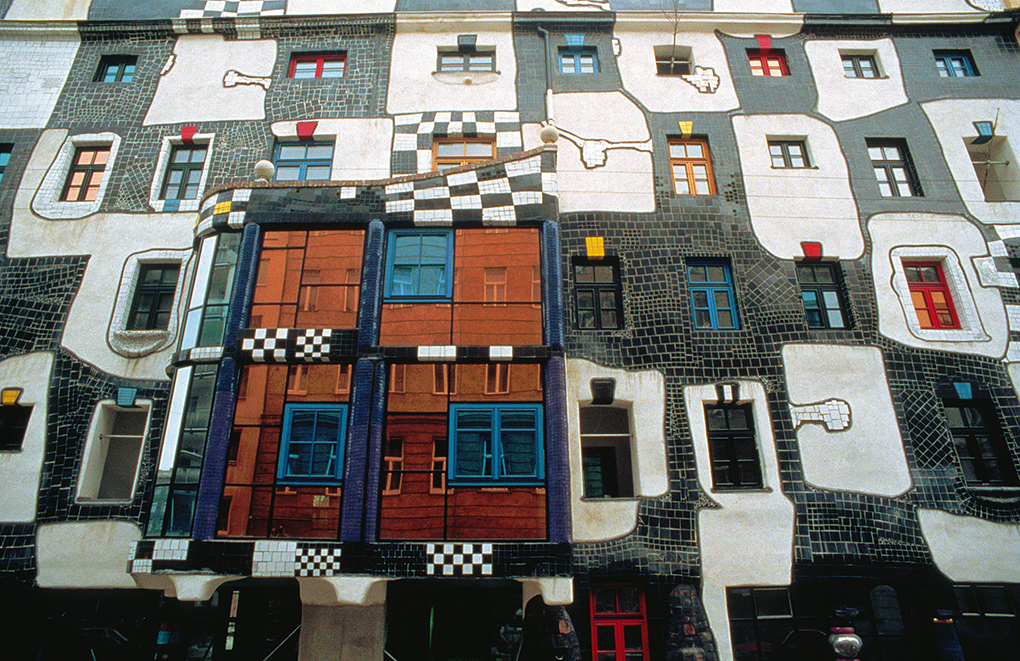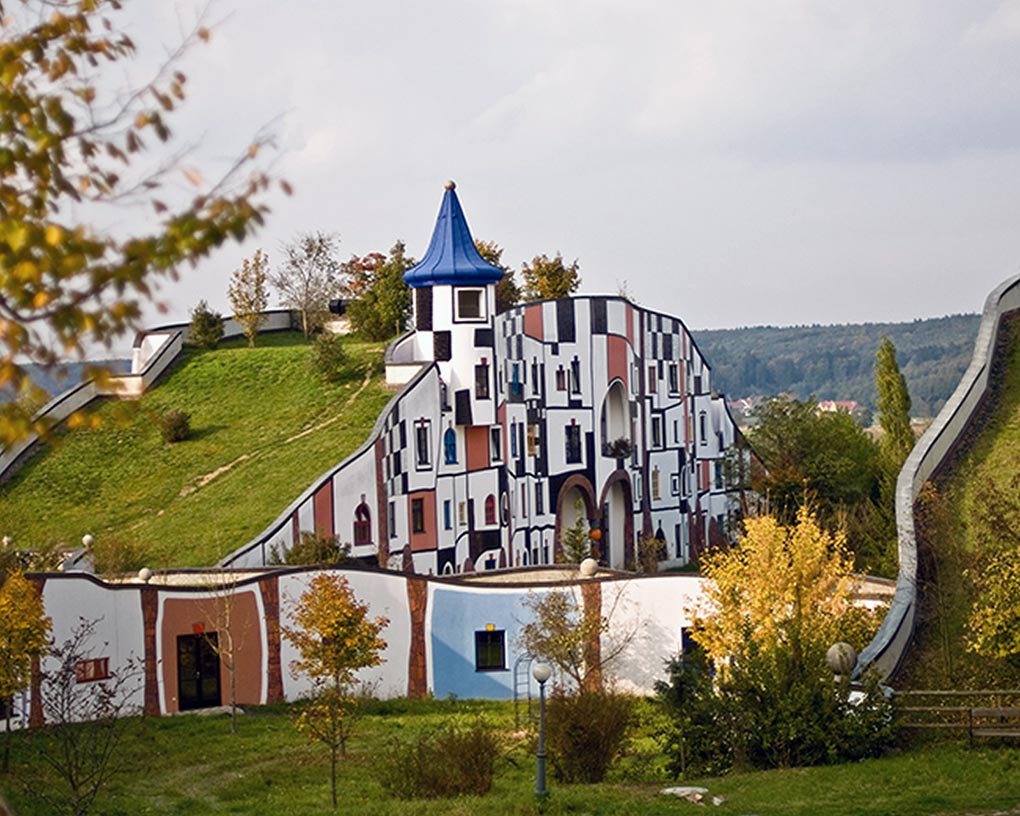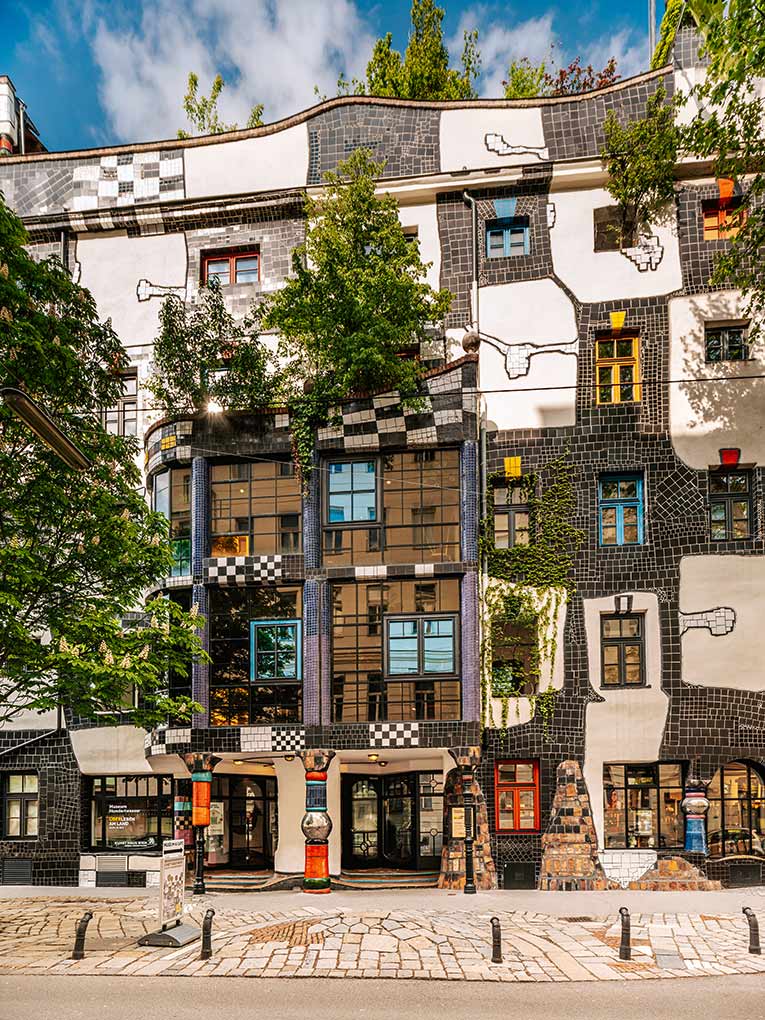Hunting for Hundertwasser
If travel has taught me one thing beyond “tread carefully and carry a copy of your passport,” it is that it can lead you along paths you weren’t aware existed and open doors that might have remained shut.
One path I was prompted to step along, led me on a merry hunt from a strange but beautiful building in Vienna, the former capital of the Austro-Hungarian Empire, to a public convenience in New Zealand’s Northland.
“You must visit the Hundertwasserhaus,” a colleague urged just prior to my departure for Vienna, pointing a finger to a print of a colourful building with uneven floors that hung on his office wall together with all manner of posters, artwork, advertising props and paraphernalia.
The Hundert-what-a-house was not on my itinerary nor had I heard of its Austrian architect Friedensreich Hundertwasser, an artist, sculptor and environmentalist. Even so, curiosity as it is inclined to do saw me walking in lightly falling snow to the Hofburg Palace and a Vienna Boys’ Choir concert, during which I was able to persuade my fellow travelling companions to add the ‘haus’ and a nearby Hundertwasser installation to our Sunday itinerary. The agreement being that we would do so after coffee mit schlag and Sacher Torte, a cake that propelled the apprentice chef Franz Sacher to chocolate immortality and us to the renowned Cafe Central, where Austrian literati have gathered for 114 years.
Much to our surprise the multi-hued Hundertwasserhaus, or more accurately apartment block, part gingerbread house, part arboretum with its earth and grass covered roof and windows sprouting sizeable tree branches, held us in thrall and threatened to erode our time in the Schönbrunn Palace’s imperial apartments.
Built between 1983 and 1986, it is one of Vienna’s most visited buildings and is one of a number of Hundertwasser’s original and disorderly buildings here and elsewhere in Europe (“an uneven floor is a melody to the feet”) that reflect his rejection of straight lines, something he condemned as “the devils tools,” and whose rigidity he believed was fundamentally alien to humanity, life and the whole of creation.
Hundertwasser was born Friedrich Stowasser, however a Slavic translation of his name and other influences caused him to adopt the name Friedensreich Hundertwasser which means “Peace-Kingdom Hundred-Water.
There is more of Hundertwasser’s distorted beauty in Vienna’s Museum Hundertwasser, part of the Kunst Haus Wein which he architecturally remodelled as he did the District Heating Plant in Spittleau – all in an attempt to ‘heal’ architecture. However, for us there was his more startling public toilet block just across the road from the Hundertwasserhaus to consider.
Dubbed the “Toilet of Modern Art,” it was here within this work of thrusting gold, white, bright red and royal blue ceramic columns, colourful tiles and higgledy piggledy pathways, we were able to pay homage and an inspirational ‘penny’ to his remarkable creativity.
Here too the proverbial penny dropped for one of the men in our group who was struck by similarity these toilets had to ones he recalled seeing in New Zealand’s Bay of Islands. Intrigued, but uncertain, he said he would check when he returned to his home in Auckland. Some months later I received an email from him saying the toilet block was indeed a Hundertwasser creation and when I was next in Auckland he would be happy to take me there.
So it was that I found myself journeying the 212kms from Auckland to Kawakawa, a small rural town in the New Zealand’s Northland where the long time attraction of the Kawiti glow-worm caves have since been eclipsed by Hundertwasser’s liberating toilets.
Displaying the stamp of its Viennese cousin, these public conveniences from their grass roof, curved lines, ceramic toilets, bottle glass windows, mosaic tiling, copper handwork, cobblestone flooring, individual sculptures and a living tree integrated into the design structure, are unmistakeably Hundertwasser.
The reason these toilets were built in this unremarkable rural township came about in the 1970’s when Hundertwasser arrived in New Zealand to mount a public exhibition of his work. The story goes that he was so taken with the beauty of the countryside; he purchased an isolated rural property on the Waikino peninsula, on the Waikare Inlet east of the Kawakawa.
Initially acquired as a second home, Hundertwasser began to spend more and more time in New Zealand enjoying its informality and the anonymity it gave him. Then in 1998 when the local Kawakawa Community Board decided to upgrade its 40-year-old toilet facilities, Hundertwasser whose belief that a toilet, like a church is a place of meditation, offered his design, commenting that the similarity between the two “is not so far fetched.”
With his concept adopted Hundertwasser personally lent a hand in the construction supervision, including the provision of materials from his own studio. It was to be the last major project he undertook prior to his untimely death at sea, in February 2000.
Whether you call a spade, a spade or a toilet a john, a karzi or a powder room, Hundertwasser’s toilets stand as his only structure in the Southern Hemisphere and are both a memorial to his artistic genius and a functional “mecca” for his devotees and latter day converts like me.
Meanwhile, back in Vienna’s Riesenradplatz, Madam Tussauds has created a new figure, that of Hundertwasser, and true to his eccentric mien, wearing his own design suit, cap and shoes.

